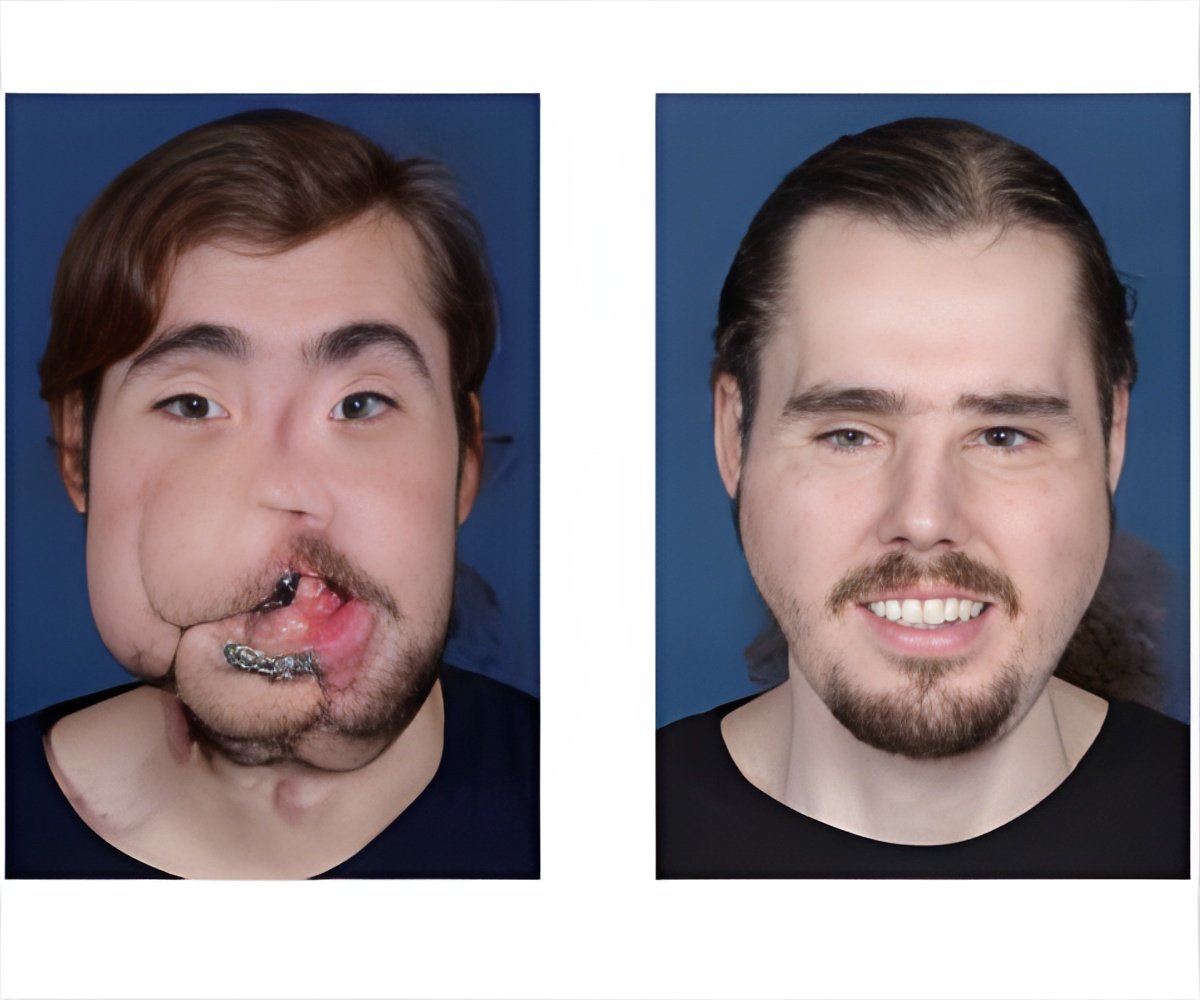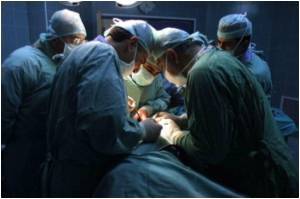A 44-year-old Vermont woman was a victim of a lye attack that affected 80% of her body.

The victim, Carmen Blandin Tarleton, had undergone the facial transplant in the beginning of this month and doctors are extremely happy with the success they have achieved.
The surgery was a complicated one that took the team almost 15 hours. During the surgery, the team transplanted the facial skin, including the neck, nose, lips, facial muscles, arteries and nerves.
Her former husband attacked Tarleton in 2007 and he doused her with industrial strength lye. She was scarred beyond recognition and suffered 80% chemical burns all over her body. Following the transplant surgery, doctors said that she is recovering well.
The patient is extremely happy with the success of her surgery and feels that it has improved her comfort and quality of life.
 MEDINDIA
MEDINDIA



 Email
Email





